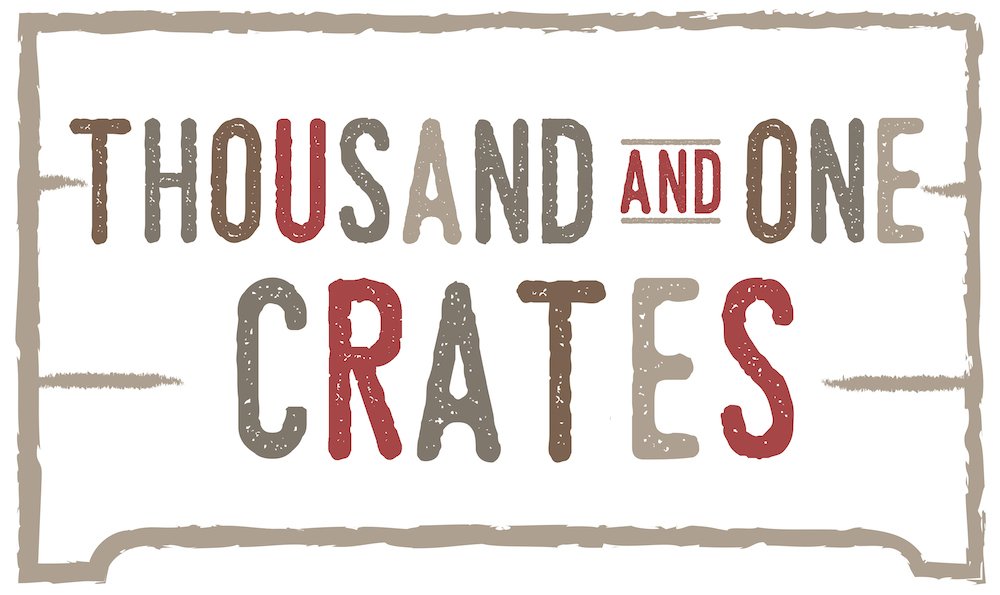Japan, Mediterranean, Morocco, Mexico and Scandinavia. Loaded with nuances and modern reinterpretations, they nourish the languages that go into the furniture, objects and decoration of the home.

This is the name of this beautiful holiday home located in the Apulia region. Designed by the architect Andrew Trotter, its structure is inspired by the architecture of southern Italy and is a haven of peace and tranquillity between cacti and olive trees. There is no better example to speak of a purely Mediterranean architecture.

It’s unthinkable to learn Japanese style all at once. In fact, the “gratuitous violence” of a stroke is unthinkable in the spaces that symbolize it: the temperate and refined tea pavilions, with their eaves like large parasols. The red lacquers of Japanese interiors are a preamble to the shadows, the velvety layer of the dark environment in which they live. The style is in the reflections of the lacquers: deep pools of light shining through the darkness. It is in the taste of the dull, in the valuables (hidden, instead of exposed) carried by the caress of long use.

Only this “chair of memory” has remained of this Mediterranean, wrote the poet and publisher Carlos Barral, who spent summers between his boat and his house (white, with blue stripes), in a fishing village on the Costa Brava. Is there only the memory of the Mediterranean, or does it still exist, beyond its tourist fetish? Memories of a way of living the air and the sea unlike any other. That Sorolla caught in its light and shadows striped on the sand. Sorolla’s umbrellas sum up the affability of a lost Mediterranean. But the small houses piled on the cliffs persist, of an absolute white that does not blind him: wake up. From the Phoenician red of the pots to the fig tree on the whitewashed patio, the Mediterranean lasts as an essential idea.

Drunk with mint tea, dazzled by the light of Tangier and dazed by the aromas of the market (a stone’s throw from the terrace, where he watched beautiful clothes go by and draw), the French painter Delacroix filled his notebooks. Sketches and paintings that discovered an intramural universe, with arcades, patios and gardens, canopies and trellises, bronze utensils and that fascinating intertwined and multicoloured geometry of tapestries, carpets, tiles, crockery. Colours as bright as fruit, exposed to sparkling light or layered in purple tones.

How many artists from half the world have been attracted to the Mexican culture that laughs at skulls (like the skeleton dances recorded by José Guadalupe Posada) and bathes in the colours of the sun. But it was Luis Barragán who brought this “wheel of fire” (as an Englishman said), which is the popular Mexican heritage to most modern architecture. “Look,” he said, “at the color of our sweets, the beauty of a rooster…”. He led them to his solid and transparent plans, the glass tinting a yellow corridor, the dark pink on a bare concrete block. Like a colossus, he pours an ancient culture into pure containers, a modernity that feeds on emotion and contains it. Meanwhile, in the blue house of the painter Frida Kahlo, the passionate Mexican woman bristling with surrealism.

“Scandinavian style is a wooden bowl filled with milk.” With this intimate metaphor, a Swedish designer was referring to the combination of wood with white lacquer: remember the tea trolley Alvar Aalto designed in birch wood, ceramic and lacquered wheels. A conceptual extension of the bowl full of milk: the function and simplicity of household objects. The serene beauty of Nordic interiors, which the Danish painter Hammershoi has brought to a mysterious perfection: the thick white wooden doors and windows, the grey floor, the light from the forest. Sometimes add a bowl, a chair, a table, a piano. The vacuum of space creates the depth that the Scandinavian genius attributed to the human habitat, furnished with little, useful and beautiful. In the picture, interior of the Louisiana Museum in Copenhagen.
The world we perceive, naturally or virtually, has become both unlimited and closed. The images that represent it have multiplied with a frenzy that stimulates us and at the same time makes us dizzy. Globalization is winning praise and also doubts or, at least, antidotes that seek answers at the root. Journeys to the essences of each culture, rescuing the seeds that germinated long ago, but which continue to bear beautiful fruit for modern art and architecture. Seeds that are still there, like the Greek goddess of grain, ready to renew the cycle. Drink again in a Scandinavian wooden bowl, enter the polychrome house of Luis Barragán or a white and blue Mediterranean patio, aspire to the saffron of Morocco, admire the Japanese red sealing wax. Tradition, seen with frank eyes, will never lose its validity.
Faustine




